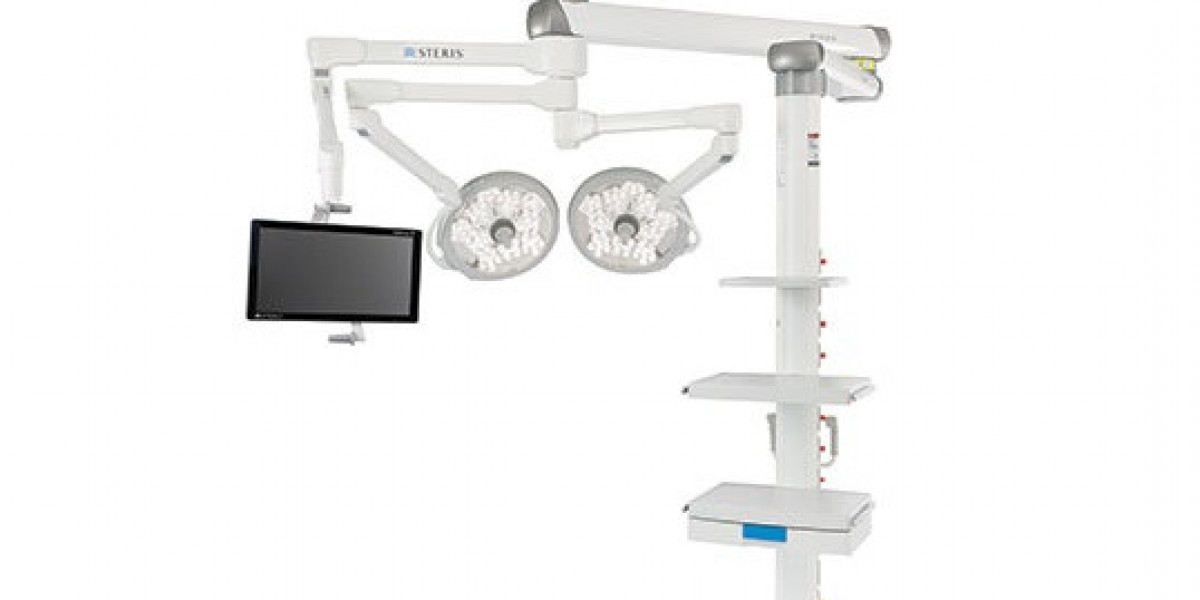Introduction
Applicant Tracking Systems (ATS) have become essential tools for companies of all sizes. With the ability to automate the recruitment process, manage job applications, and simplify candidate communication, ATS platforms streamline hiring workflows and help businesses find top talent efficiently. However, one of the biggest challenges for organizations is understanding ATS pricing and selecting a cost-effective solution that fits their specific needs. This article provides a breakdown of ATS pricing models and compares popular options to help you make an informed choice.
Types of ATS Pricing Models
ATS providers typically offer different pricing models depending on features, company size, and hiring volume. Here’s a look at the common applicant tracking system pricing structures:
1. Subscription-Based Pricing
This model charges a recurring monthly or annual fee and is one of the most common approaches. Plans may be tiered by features or user limits, allowing businesses to choose a plan that matches their hiring volume and budget.
- Cost Range: $50 to $500+ per month
- Ideal For: Businesses with consistent hiring needs, as it allows unlimited job postings and candidate management within the subscription.
2. Per-Job Posting Pricing
In this model, companies pay per job post or for a specific hiring campaign. It’s ideal for organizations with sporadic hiring needs or small businesses with occasional job openings.
- Cost Range: $10 to $100 per job posting
- Ideal For: Small businesses or seasonal hiring needs where constant access to an ATS isn’t required.
3. Per-User Pricing
ATS platforms may also charge based on the number of users (e.g., recruiters, hiring managers) with access to the system. Costs increase as more users are added, but this approach offers flexibility for businesses looking to control costs based on user count.
- Cost Range: $10 to $100+ per user per month
- Ideal For: Organizations needing multiple recruiters or HR staff members to access the system.
4. Enterprise or Custom Pricing
Enterprise-level pricing is tailored for large organizations with high-volume hiring needs and complex recruiting workflows. This model often includes customization options, premium support, and integration capabilities.
- Cost Range: Starting at $5,000 per year, with costs increasing based on features and user count.
- Ideal For: Large enterprises that require advanced features and a high level of customization.
Key Factors Affecting ATS Pricing
Before diving into comparisons, it’s essential to consider the factors that influence ATS pricing:
- Company Size and Hiring Needs: Larger companies with complex hiring processes may need more advanced features, which can increase costs.
- Feature Requirements: Basic plans cover job postings and resume parsing, while premium tiers may offer features like AI-powered screening, video interviewing, and comprehensive reporting.
- Integration Needs: ATS platforms often integrate with HR tools, job boards, and productivity software. Some providers include integrations in premium plans, while others charge extra.
- Customer Support: Some companies charge for additional support, training, or dedicated account managers, which can be essential for new users.
ATS Pricing Comparison: Top Providers
Here’s a comparison of popular ats pricing comparison providers based on their pricing models, features, and target audiences.
1. Workable
- Pricing: Starts at $99 per job per month (subscription and per-job options available).
- Target Audience: Small to medium-sized businesses.
- Notable Features: Resume parsing, job board integrations, interview scheduling, and AI-powered candidate recommendations.
2. Greenhouse
- Pricing: Custom, with base plans starting around $6,000 annually.
- Target Audience: Mid-sized to large enterprises.
- Notable Features: Collaborative hiring tools, customizable workflows, advanced analytics, and integration with popular HR software.
3. JazzHR
- Pricing: Starts at $39 per month, with additional tiers up to $239 per month.
- Target Audience: Small businesses and startups.
- Notable Features: Candidate tracking, job posting across multiple boards, and team collaboration features.
4. Lever
- Pricing: Custom, typically starting around $4,000 per year.
- Target Audience: Growing companies and enterprises.
- Notable Features: Strong analytics, sourcing tools, interview scheduling, and a user-friendly interface.
5. BambooHR
- Pricing: Per-user, around $6 per user per month.
- Target Audience: Small to mid-sized businesses.
- Notable Features: Core ATS functionality, performance tracking, and integration with other HR tools.
6. iCIMS
- Pricing: Custom, starting around $6,000 per year.
- Target Audience: Large organizations with high hiring volumes.
- Notable Features: Highly customizable, strong reporting tools, and CRM capabilities for robust candidate engagement.
How to Choose the Right ATS for Your Budget
When selecting an ATS, it’s important to align its features and cost with your company’s hiring goals. Here are some steps to consider:
- Identify Core Features: Start with a list of essential features, such as candidate tracking, resume parsing, and integration requirements. Eliminate platforms that don’t meet these needs within your budget.
- Evaluate Hiring Volume: Consider how often you hire. Subscription models are best for frequent hiring, while per-job posting works well for occasional recruitment.
- Factor in Growth: Choose an ATS that can scale with your business. Customizable and enterprise-level options can accommodate future needs as your organization grows.
- Assess Support and Training Needs: Check if the ATS offers training or support within the pricing tier you select. Proper support can improve user adoption and minimize onboarding time.
Conclusion
With various pricing models and feature sets, the ATS market offers a range of solutions to suit every company’s needs. By understanding ATS pricing models and evaluating the features offered, businesses can find an ATS that aligns with their budget and hiring strategy. Whether you need a basic system or a full-service enterprise solution, choosing the right ATS can streamline recruitment processes, improve candidate experience, and ultimately lead to better hiring outcomes.
Related Articles
Applicant Tracking System Pricing: A Comprehensive Comparison Guide for Businesses
Understanding Applicant Tracking System Pricing: A Guide to Comparing ATS Costs and Features









